
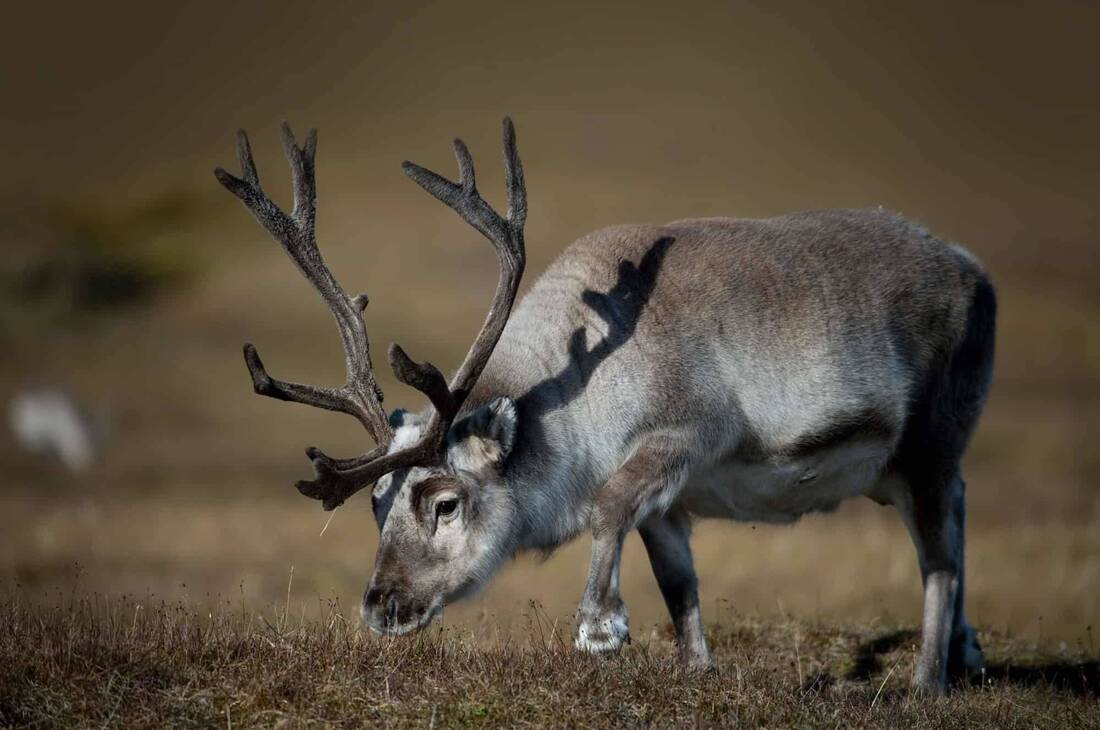
Svalbard is the northernmost archipelago in Europe, a collection of scattered islands administered by Norway since the 1920s. With a total area of ~61k square kilometers, it is also Europe’s second largest archipelago in the Arctic Circle, surpassed only by Novaya Zemlya that extends and crowns Russia’s Ural Mountains, thus serving as the natural border between Europe and Asia. Known in Russia as Spitsbergen, Svalbard is a unique demilitarized zone that brings together Scandinavian and ex-Soviet settlements subject to a number of distinctive border and tax regulations. Famous for its pristinely astonishing nature, the Northern Lights, and a one-of-a-kind linguistic blend of Russian and Norwegian, Svalbard attracts plethora of tourists every year. Read further to find more about this place and the once-in-a-lifetime experience it can be!
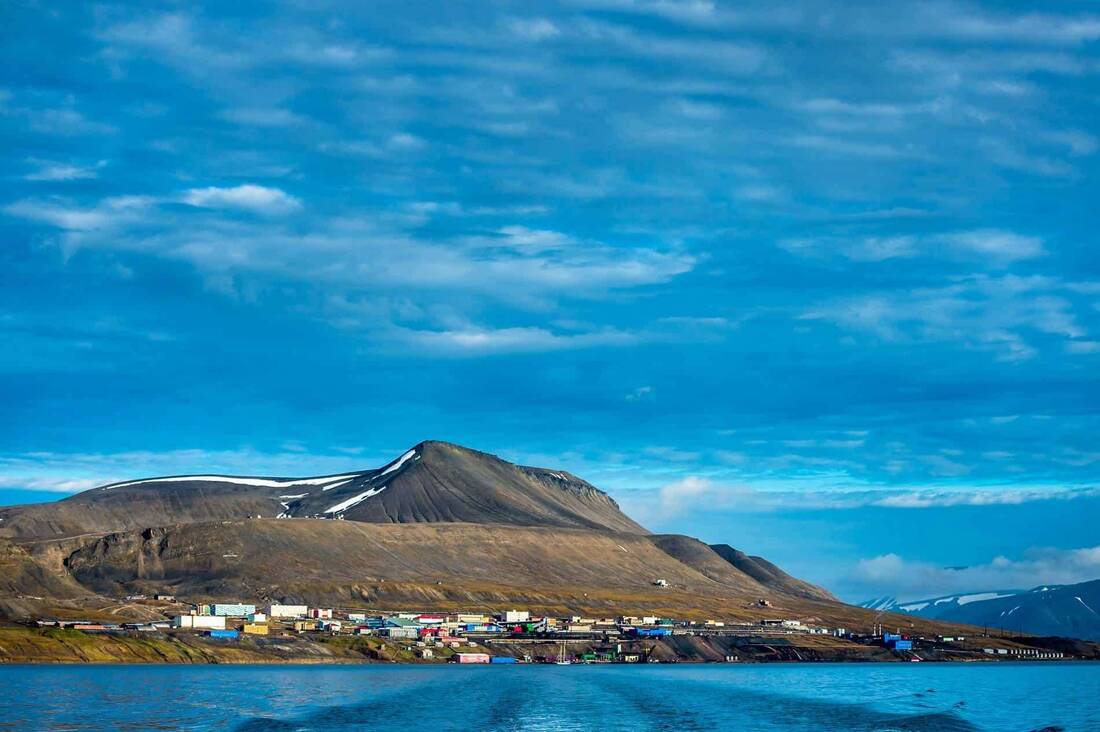
Svalbard is Europe’s largest wildlife sanctuary: protected areas constitute 2/3 of the archipelago.
There are more polar bears here than permanent human residents: 4 thousand vs ~2.7 thousand. Since polar bears represent a major threat on the isles, firearms ownership rates are awfully high here, and local hotels even keep a rifle or two at hand to protect people from the white-furred neighbors. In fact, there is a prohibition of death in force in Longyearbyen: terminally ill or recently deceased people need to be transported urgently to the mainland for burial, as the permafrost negates natural body decay, and the smell of a nondecaying carcass will attract polar bears to human settlements. By the way, the Norwegian town of Longyearbyen is considered the ‘capital’ of Svalbard and has about two thousand inhabitants, or ¾ of the archipelago’s entire population.
The polar day (also known as the midnight sun) is about a week longer than the polar night here: 127 days of continuous daylight/dusk vs 120 days of continuous darkness. In fact, Svalbard has virtually every north-associated phenomenon and takes it to the extreme; thus, it is the world’s only place where the Northern Lights can be easily observed during daylight hours!
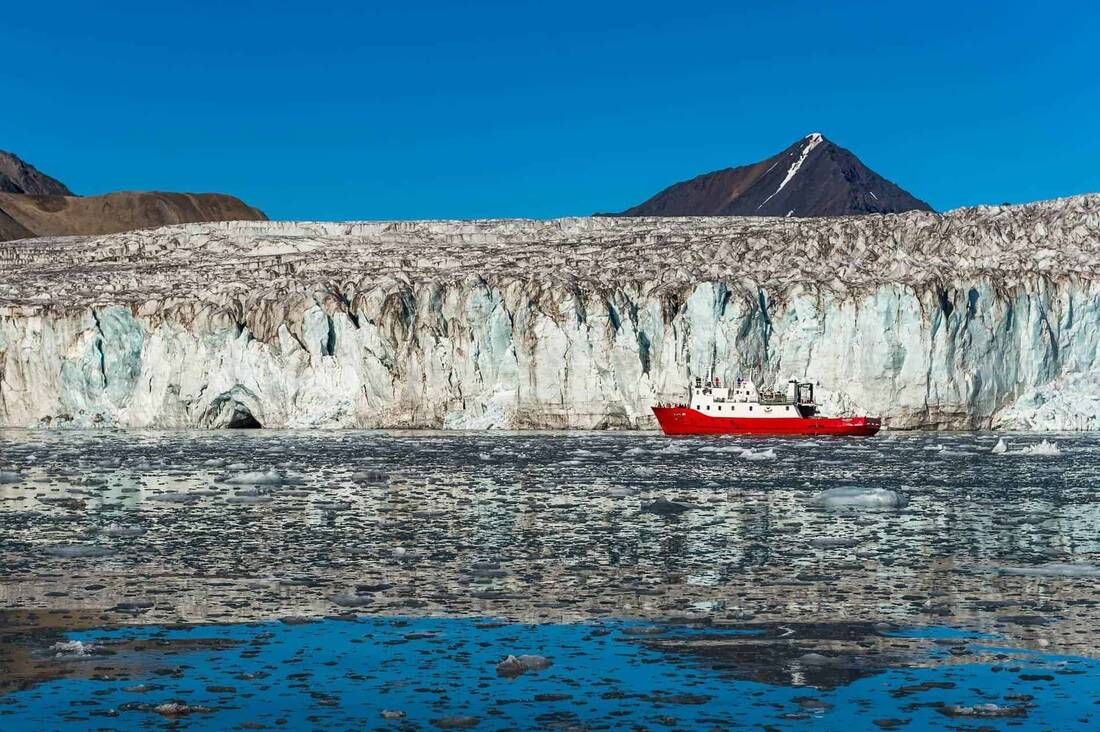
No visa is required for the citizens of the Svalbard Treaty member states as long as they reach the archipelago directly; however, a country-appropriate transit visa is required if traveling via Norway or Russia. Svalbard became part of Norway under the Svalbard Treaty in 1925; it had been no man’s land before. The Treaty sets forth explicitly that any member state shall be allowed to operate in the archipelago for business or research purposes on an egalitarian basis. As of today, only Norway and Russia have considerable economic presence in Svalbard, and both Norwegian and Russian are recognized as official languages here.
The Soviets (and now Russia) continued to use an alternative name, Spitsbergen (also spelled Spitzbergen), in the recognition of the Dutch seafarer W. Barents and his discovery of the archipelago in 1596: Spitzbergen was the name he suggested and is Dutch for ‘sharp-pointed mountains’. Spitsbergen is also the name of the archipelago’s largest island where all the human settlements are. Despite this, there is solid evidence that the Russian pomors had been sailing to the archipelago on a regular basis at least a century before the Dutch explorer to hunt the walrus for its tusks. In fact, Russia has had the longest presence here from as early as the mid-16th century. Whether it was the Russians or the Vikings who discovered the island first remains disputable, although it was first documented as Svalbard (‘cold realm’) in Icelandic chronicles in 1194.
Locals take their shoes off before entering a house; this tradition dates back to the times when Svalbard’s economy was based on coal mining, an activity associated with ever-dirty shoes!
Snowmobiling and boating are the modes of transport to go here; railway roads were only used for cargo transport, while decent car roads have virtually never existed here.
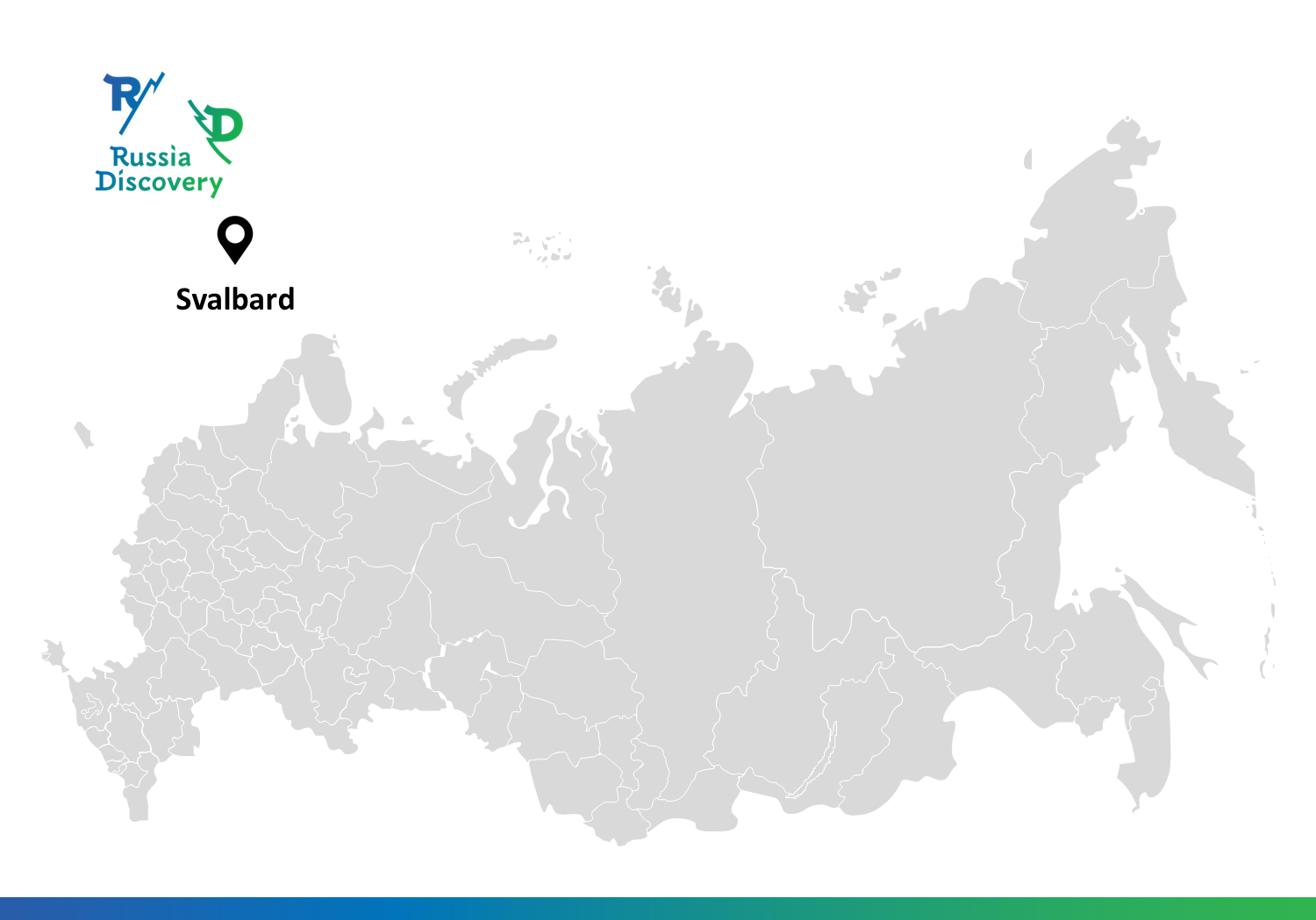
Svalbard has a lot of appealing sights; what tourists seek here first is the pristine Arctic nature. Bird rookeries, reindeer roaming the tundra, polar bears, if you are lucky (or unlucky) to encounter them, and the magnificence of the Northern Lights… Some are attracted by the archipelago’s location a mere 1,000 km away from the North Pole! Today, Longyearbyen remains the world’s northernmost permanent human settlement equipped to support human life and relatively high living standards all year round, with amenities you won’t easily find at a polar research station or at an Arctic oil field. They even print the world’s northernmost newspaper, have northernmost hotels, and use the northernmost civil airport! Yes, ‘northernmost’ is the real buzzword of the place. The Rossa Island is actually the northernmost point of Europe if you don’t count Russia’s Novaya Zemlya.
So what kind of tourism is Svalbard for? Sporting tourism first and foremost: snowmobiling, dog sledding, skiing, and glacier snowboarding—whether a novice or a seasoned athlete, everyone can find here an entertainment to show their muscle and endurance in the icebound expanses. Svalbard is also famous for its Arctic cruises that go around the archipelago but may also reach more remote locations, such as Novaya Zemlya, Frantz-Joseph Land, or Greenland. It is also the starting point of any expedition to the North Pole for those who want a real challenge. Finally, some come here for the very air of Longyearbyen: a truly international place whose two thousand people actually come from 42 countries of the world, relaxed gun control laws, and a unique blend of Russian and Norwegian, both official languages here. Fun fact: there used to exist Russenorsk, a Russian-Norwegian pigeon, which has come out of existence in the 20th century as the Norwegians learned ‘textbook’ Russian while the Russians learned Norwegian.
Last but not least, some people may have interest in visiting the now-conserved Soviet mining towns of Pyramiden (Rus. lit. “The Pyramid”) and Grumant, or the still up-and-running town of Barentsburg.
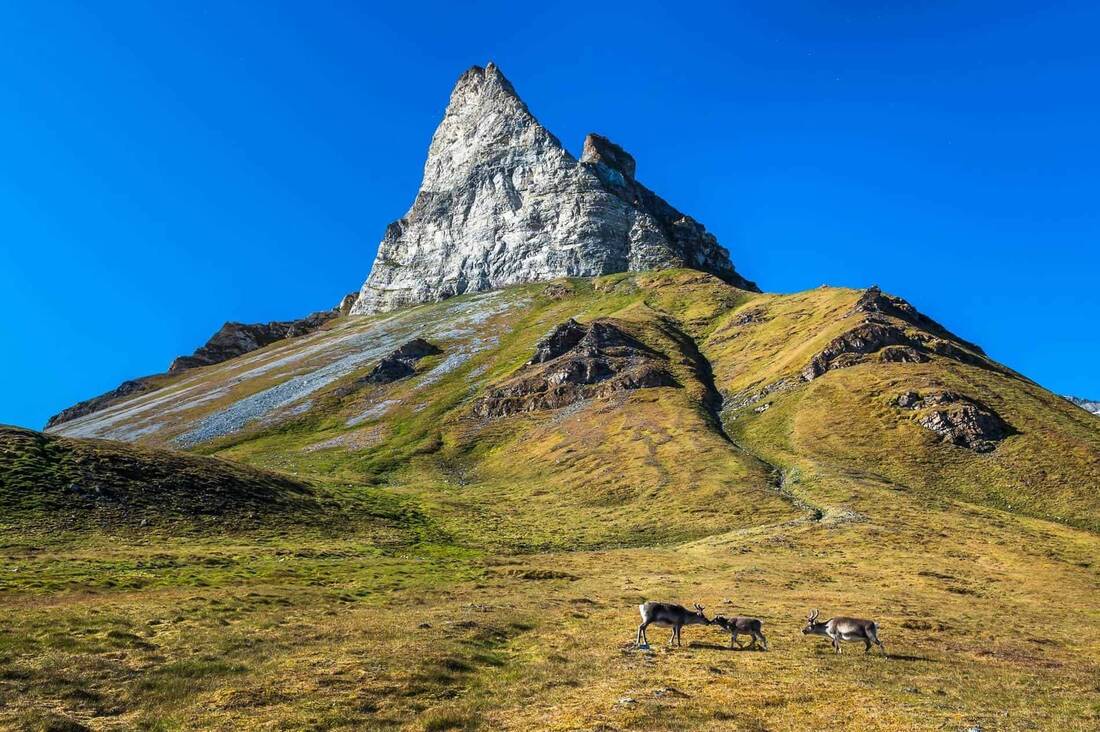
The best time to visit Svalbard is in summer: weather gets better, while the polar day means this the archipelago remains sunlit even in the dead of the night with enough light to navigate around the place without using extra lighting. Even if you are coming here for the Northern Lights, they are easy to see in the dusk. Summer is also better for those who love small boat trips (and there is plenty of such tours around the isles!), while snowmobiling or skiing enthusiasts will find the local winter a better deal. For those who want all things perfectly balanced, March is the month to go: equal daylight and night hours, snowy mountains for skiing but the sea is already boatable, and rather low season meaning lower hotel prices.
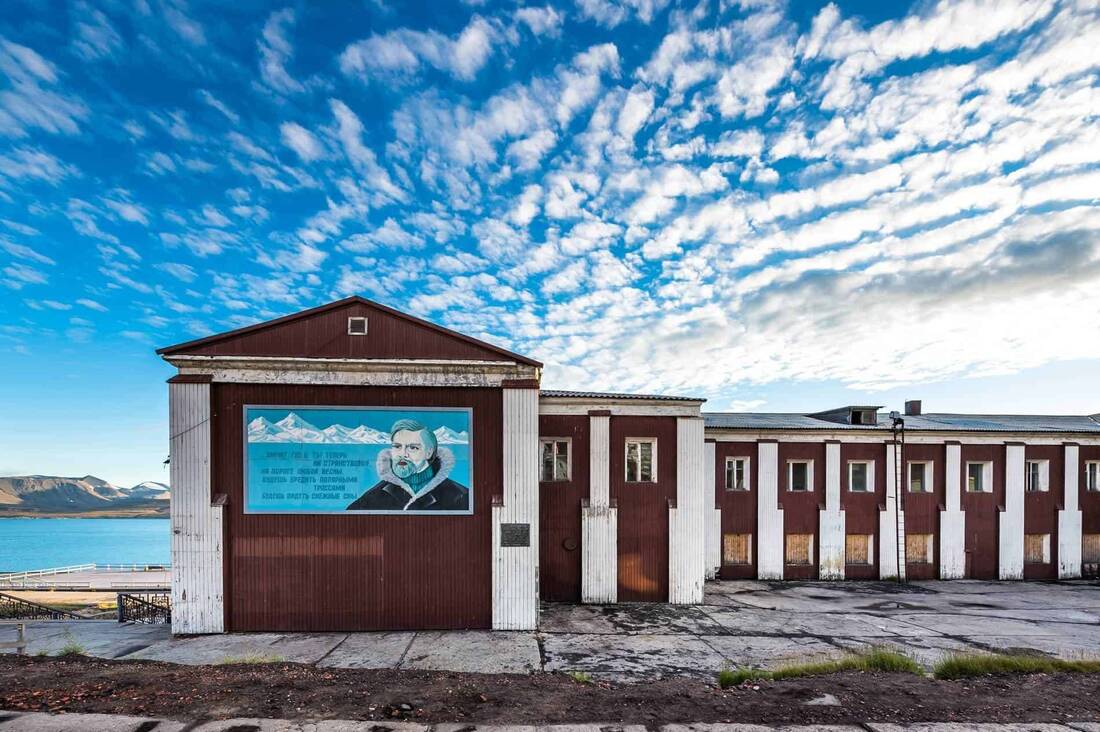
There are a few ways to visit Spitsbergen, the #1 option being by plane. Flights to Svalbard are operated by Norwegian carriers (SAS and Norwegian) from Oslo and Tromsø. The Russian coal mining operator Arcticugol (lit. “Arctic Coal”) has a rather irregular private flight from Murmansk to Barentsburg, which is also available for tourists but needs to be pre-booked well in advance; since it is mainly a service flight for the company’s own crews, availability of seats for tourists is not guaranteed.
All civil aviation flights arrive at the Avinor-operated Svalbard Airport (Svalbard lufthavn), 5 km northwest of Longyearbyen. Although the airport was first constructed for military use during WW2, it took long time before it received its first flight in 1959, and another 16 years before regular scheduled operations began in 1975. To date, it remains the archipelago’s only civil airport that receives regular flights from the mainland, while other airports (more specifically, just airstrips) such as Ny-Ålesund or Svea are mainly used for intra-archipelago cargo flights operated by Norway’s Lufttransport.
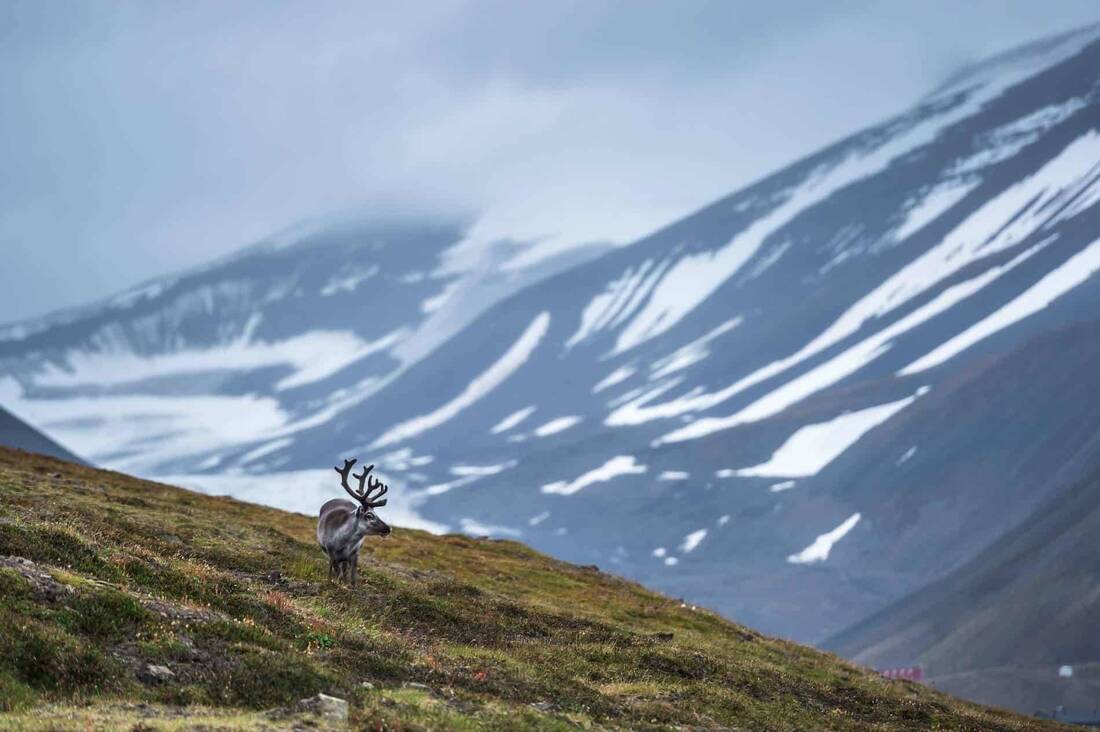
Svalbard is Old Norse for ‘realm of cold’, which seems to be a fairly logical name for islands scattered between 74º and 81º north. But it is not as bad as one could imaging looking at where Svalbard is on the map. Gulf Stream (or, more specifically, its extension called the North Atlantic Current) runs up to Svalbard and warms up the archipelago. The average temperature in July is ~+4…+6ºC (~39…43ºF). The archipelago is infamous for being misty and rainy in summer, with the eastern part of the archipelago having up to 1,000 mm of precipitation.
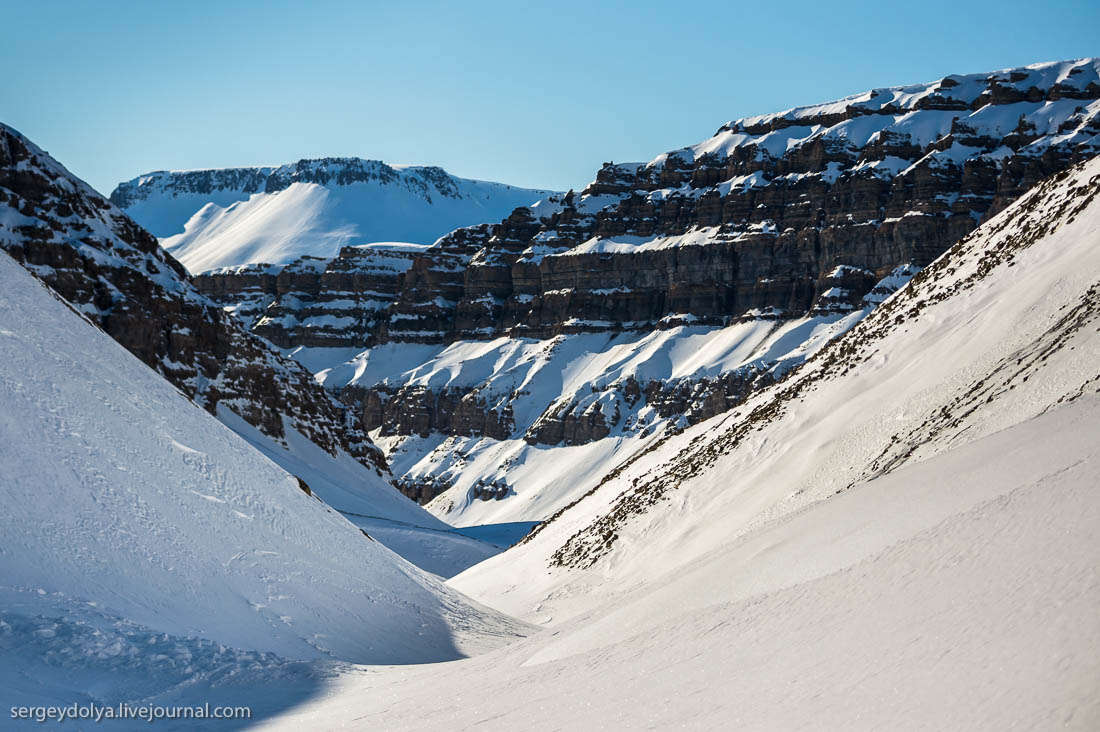
In winter, Svalbard is a whopping 20ºC warmer than any other place on the same latitude in Russia or Canada. January temperatures vary from -12ºC to -16ºC (3.2…10.4ºF). Such temperatures mean the local seawaters remain navigable throughout the year by and large. While it might seem mild rather than bitterly cold, bear in mind that Svalbard is where the cold polar air meets warmer humid marine air blown from the south, which creates pockets of low pressure and causes strong gusts of wind. This phenomenon is more pronounced in winter, as harsh winds are blowing here for 17% of the wintertime, so windproof clothing is advised.
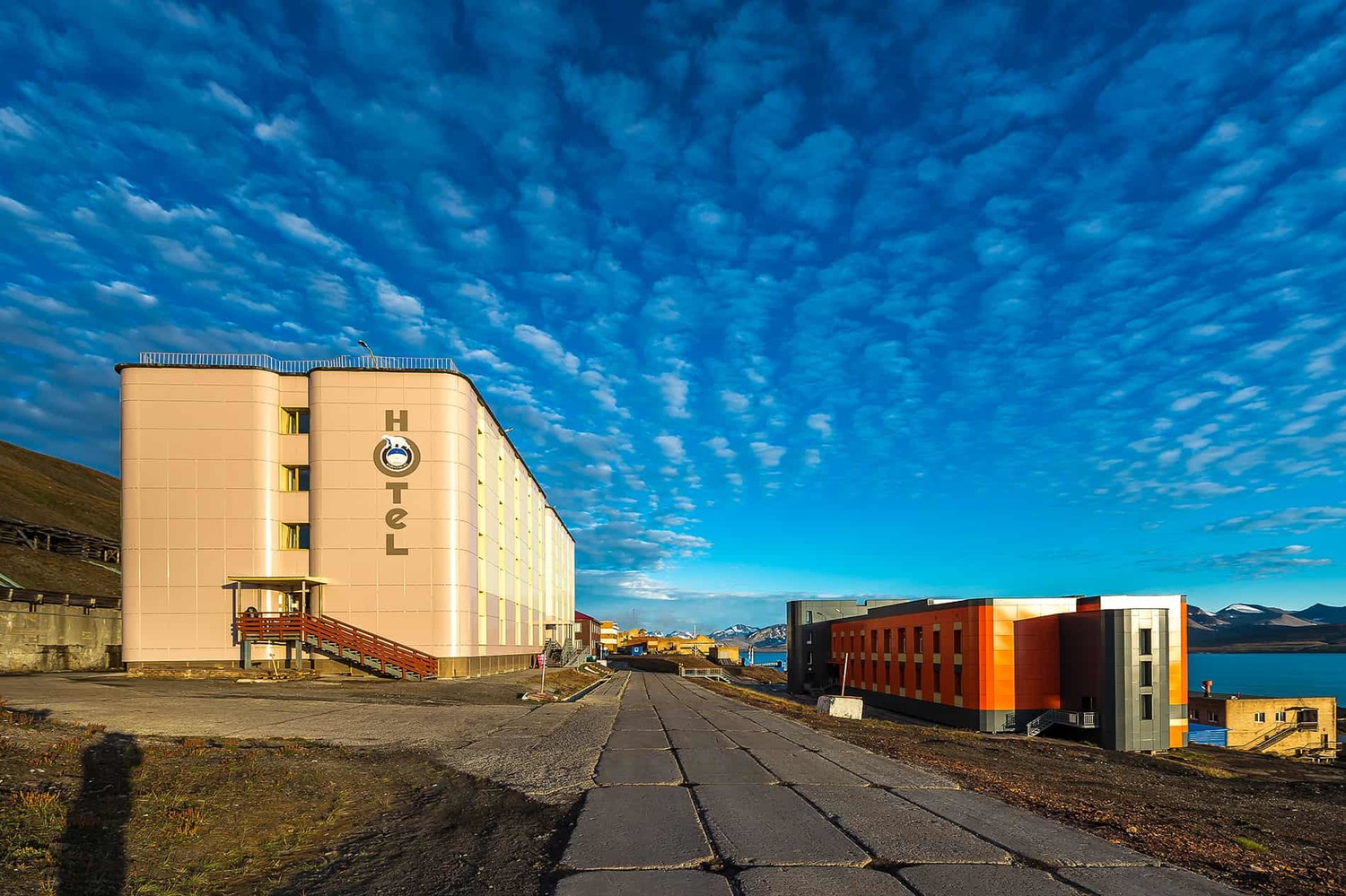
Even with as little as under three thousand people, Svalbard is a flourishing tourist destination, and its hotel selection is appropriate for that status. Longyearbyen alone has about a dozen hotels ranging from simple guesthouses to a Radisson Blu! Some of the accommodations in this market are truly exotic: there is a former broadcasting station-turned-hotel with a huge satellite dish now serving as a memorial and a reminder of its past, a large sailboat that got stuck in the ice, each cabin now serving as a room for tourists, and oceanside lodging… Note that Svalbard is not a budget-friendly destination by any standard, and even the cheapest room will set you a good 100 EUR back, while Radisson Blu Polar is something only few can afford.
Aside from Longyearbyen, there is a hotel in Barentsburg (a very old Soviet building, so do not expect it to live up to the modern standards), as well as one in Ny-Ålesund that is mainly reserved for researchers. Another hotel has been reopened recently in Pyramiden.
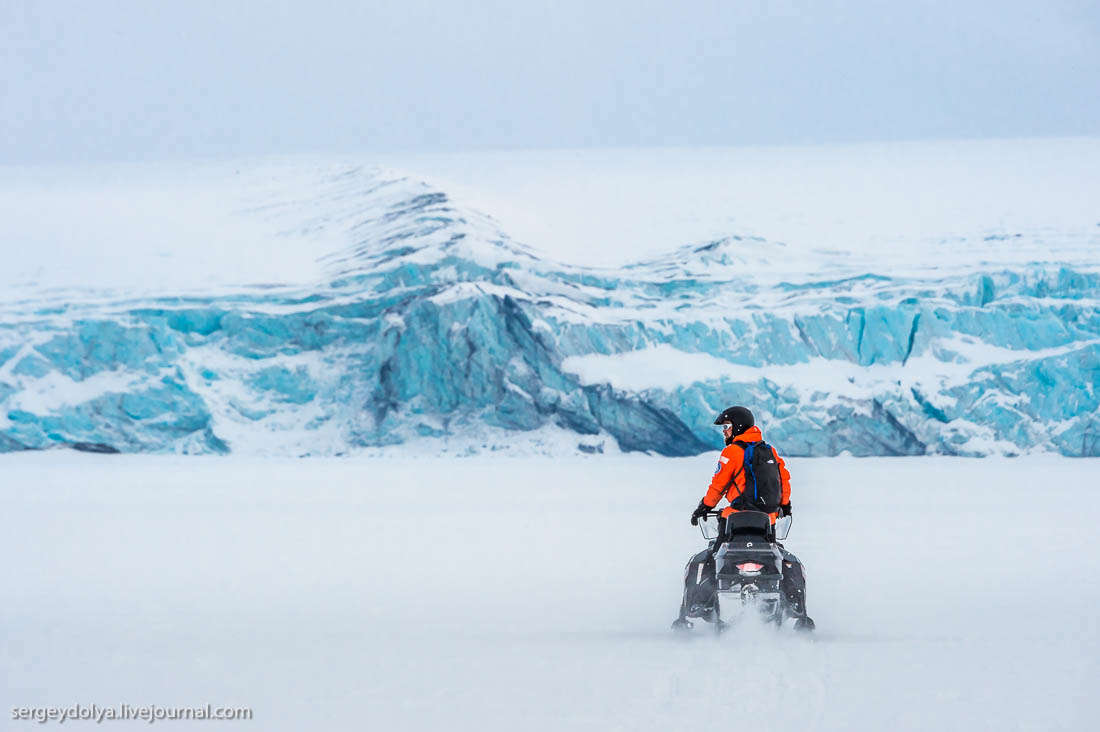
Most kinds of entertainment that Svalbard is famous for center around snow and ice. Skiing tours, whether for a mere couple of hours or for a whole day, dog sledding, snowmobiling, and glacier snowboarding are what people come here for. A physically fit tourist who wants to challenge their strength and Mother Nature can opt for a two-week tour towards the inner parts of Svalbard’s largest island, Spitsbergen, which will combine snowmobiling, dog sledding, and skiing at various route legs. There are nighttime tours for the best view of the Northern Lights away from Longyearbyen. Hiking in the ice caves in the thick of the glaciers or conquering a peak like the 850-meter Trollstein or its competitor Foxfonna—daring tourists are up for any kind of adventure!
Local activities are not necessarily ice- or snow-themed. Arctic cruises around the archipelago are a good option for those that are more into relaxing educational tourism, while kayaking, quad safaris, or hiking on foot can help truly flex the muscles. Some may want to visit the largely conserved Soviet towns of Pyramiden and Grumant, the abandoned mines around Longyearbyen (the archipelago was historically a major coal mining site), or the now-defunct aerial tramway that used to haul coal from mines to the seaport until closure in 1987. There are even tours that focus on paleontology thanks to the multitude of fossils in the local glaciers. There are in fact so many well-preserved remains of animals and plants from as early as 60 million years ago that it is still allowed to take these fossils with you! And for an even more memorable once-in-a-lifetime experience, sign up for a helicopter tour to the North Pole.
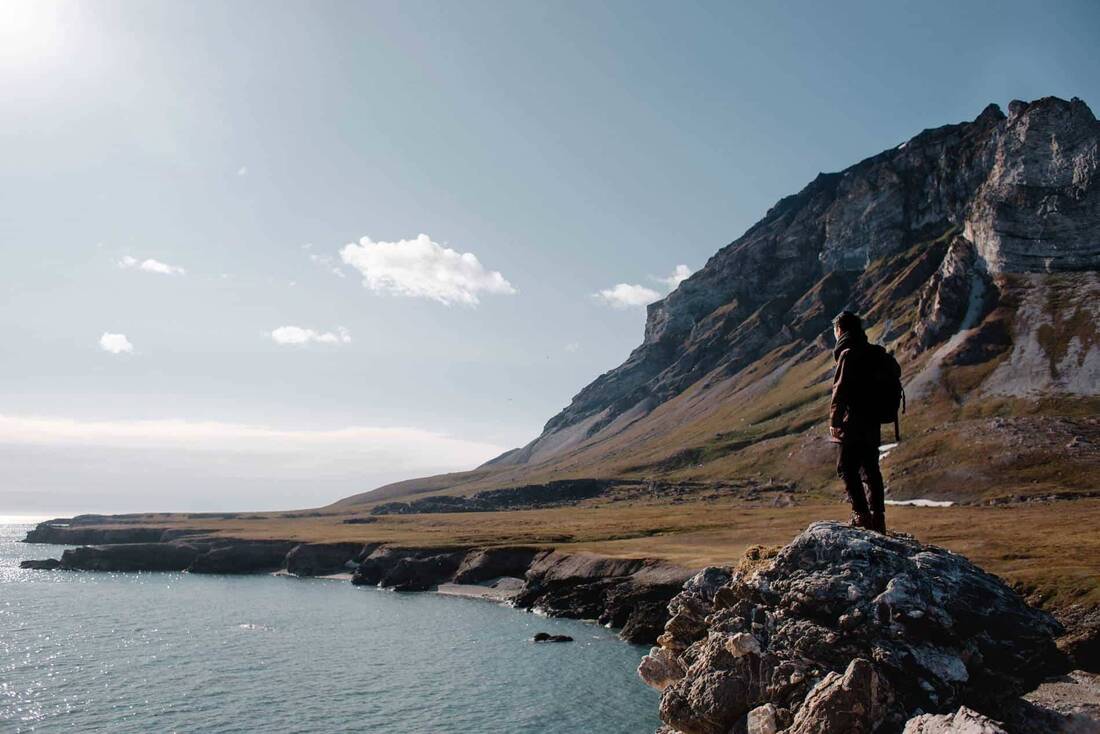
Of course, no history enthusiast should miss the Spitsbergen Museum whose guides will tell a lot of interesting stories about the local geology, flora, fauna, human footprint, and history. Longyearbyen also features the world’s northernmost church, while the local Aviation Museum has exhibits that keep the memory of the first attempt to reach the North Pole by air. Galleri Svalbard has paintings by a local artist on display. Here comes an interesting fact: while Longyearbyen is tiny and ridiculously expensive by any standard, it is a great shopping destination, as the whole archipelago is a large tax-free area meaning you can find here great deals on alcohols, tobacco, cosmetics, perfume, and sporting gear. Souvenir shops here exploit polar bears and other stereotypical North-themed images, and the majority of souvenirs refer to Norway’s culture in general with its woolen sweaters, reindeer, and snow. For the best selection of souvenirs, go to 78 Grader (duty-free) or to the Spitsbergen Museum.
Svalbard is a remote location in the north, and transportation costs skyrocket here. This means that food delivered from the mainland is not only ridiculously expensive but also quite limited selection-wise: canned, frozen, dried, and otherwise non-spoiling foods are the staple diet of Spitsbergen’s dwellers. Still, the local chefs manage to make decent meals out of what they can get their hands on. For more fresh food, venison, seal and walrus meat is abundant; bear meat is not a thing though: only a few polar bears are killed every year on the Governor’s order for very specific purposes.
As remote as Svalbard is, its restaurants are very fancy. Huset has Scandinavia’s largest wine collection of <22k valuable bottles, while Karls-Berger is ranked as the world’s 6th best pub!
Svalbard is a part of Norway, and as such, it uses the Norwegian krona (NOK). There is an ATM in Longyearbyen, but cards are universally accepted. Barentsburg is a Russia-controlled town, but it also uses NOK exclusively for payments, although Arcticugol employees may also use employer-issued payment cards.
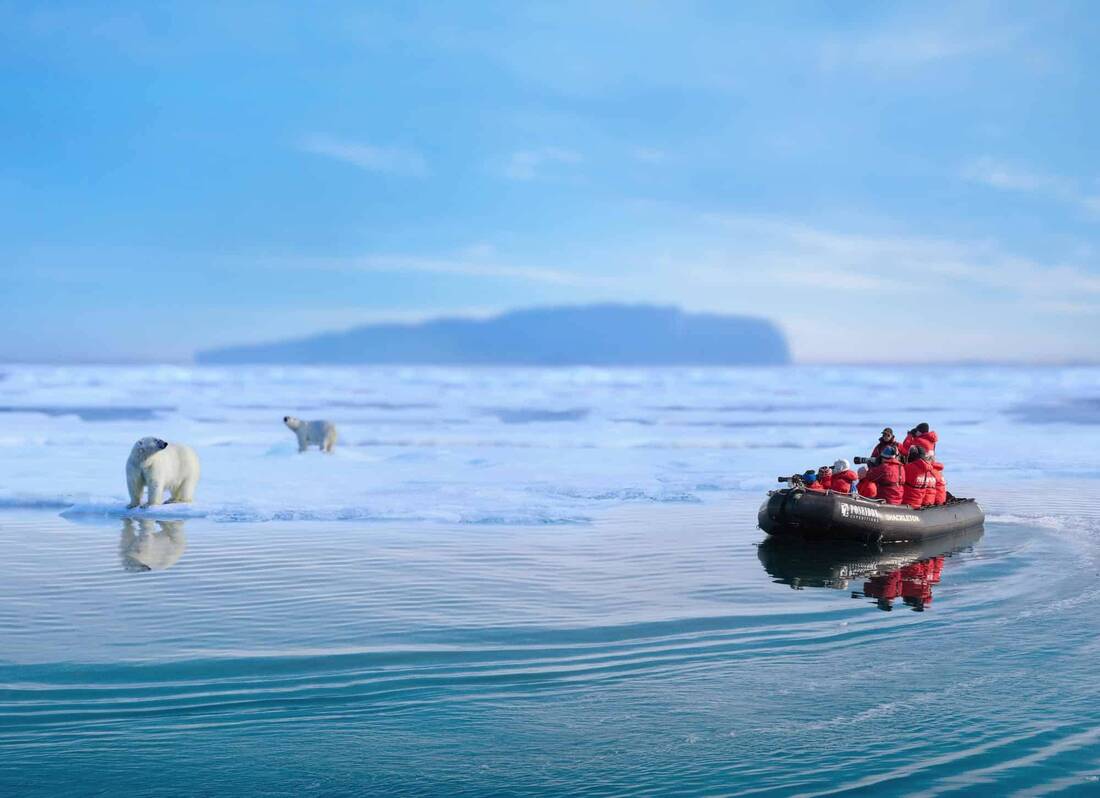
Two things to bear in mind when in Svalbard: polar bears and cold. Neither polar bear attacks nor severe frostbites are uncommon. There is a reason why gun control laws are quite relaxed here, and rifle shooting is something even school students are trained in here. Longyearbyen has stores that offer guns for rent, although as long as you stay within Longyearbyen, Barentsburg, or Pyramiden, you probably won’t need a firearm. Note that those who venture outside the human settlements are required to have the Governor’s permit to do so and to pay a deposit that will cover evacuation fees (or body recovery fees if things really go south—and they may). Nevertheless, it is highly advised to take time and get briefed on how to survive a polar bear encounter. Here’s a hint: do not try to kill the beast unless you are a tough and experienced marksman. Wounded bears are easily enraged, making them even more dangerous, so a better solution would be just to try to scare the predator off with a shot in the air.
Frostbites, on the other hand, are relatively easy to handle. Cold is not that much of a hazard in summer, while in winter, everyone had better wear special Arctic-designed outerwear, thermal underwear, and balaclavas (or any hat that will cover as much of your face as possible). A booklet on how to dress properly in Svalbard is available in the local tourism office. Make sure to bring special equipment that will keep you alive in case of getting lost, from matches and canned food to a signal rocket and a location tracker.
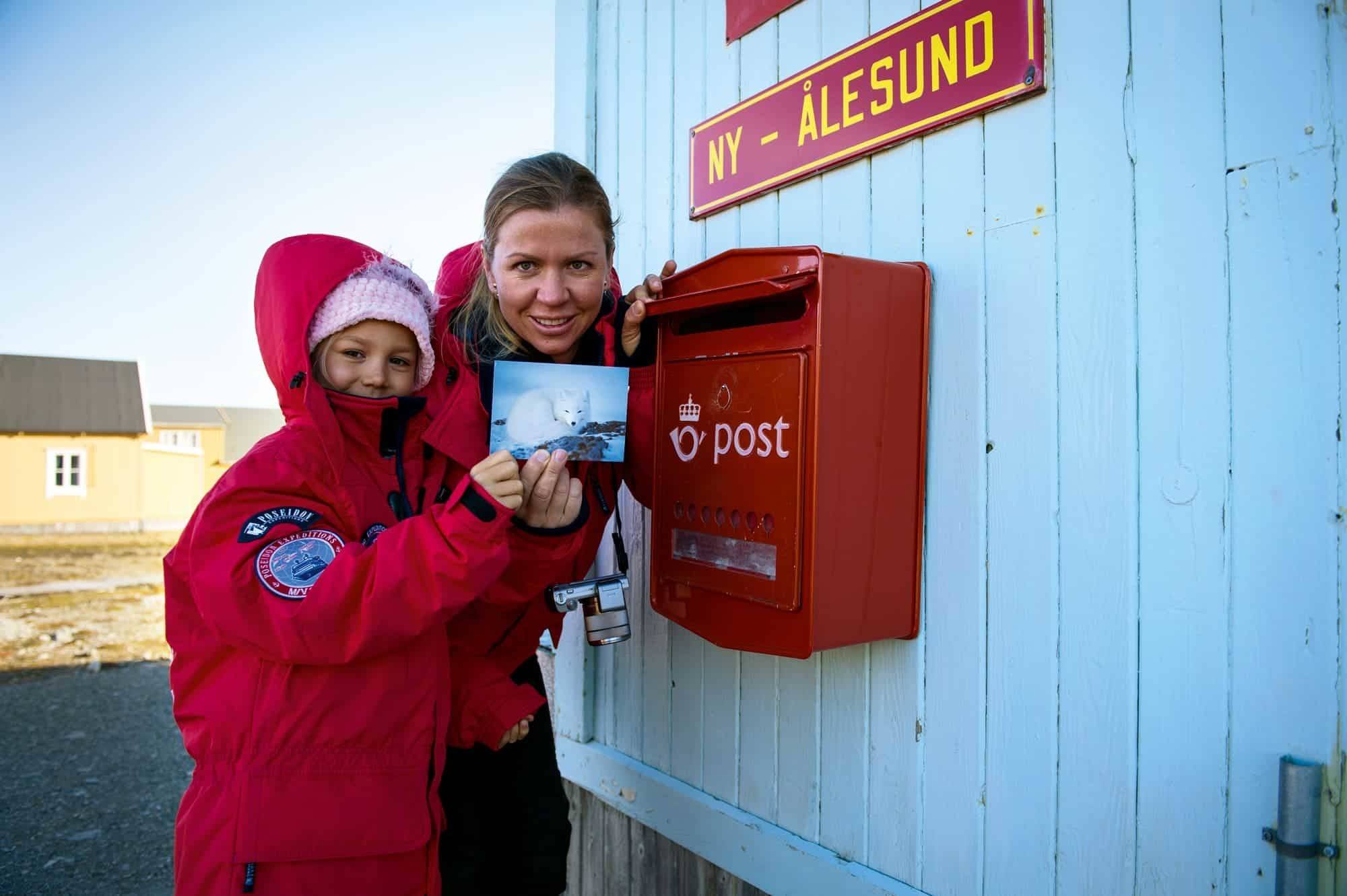
Although Svalbard is governed by Norway, it is neither in the EU nor in the Schengen Area. In theory, citizens of the 42 Svalbard Treaty member states can go to Svalbard without a visa. Nowadays though, this policy applies to any person in the world whether hailing from a Treaty country or not. In reality, the most practical way to reach Svalbard is to fly from Norway, and you may need a visa to enter Norway. Note that your visa must allow double entry and be valid for long enough for you to go back home, as you’ll do it via Norway as well.
Note that hunting is banned in Svalbard, but fishing is not, although a special permit is required for the latter. A firearm, such as rifle, is obligatory for anyone venturing outside Zone 10 (the limits of human settlements). Carrying one requires a firearm permit (aka gun license) from the Governor, which carries a fee of 1,150 NOK. Obtaining such permit requires registration in the Population Register of Svalbard, which takes about six weeks. A foreign national must also provide a police certificate of good conduct from their home country issued within the last six months and translated into Norwegian or English by an authorized translator. Obviously, there is also an age limit: 21 years for pistols or revolvers, else 18 years.
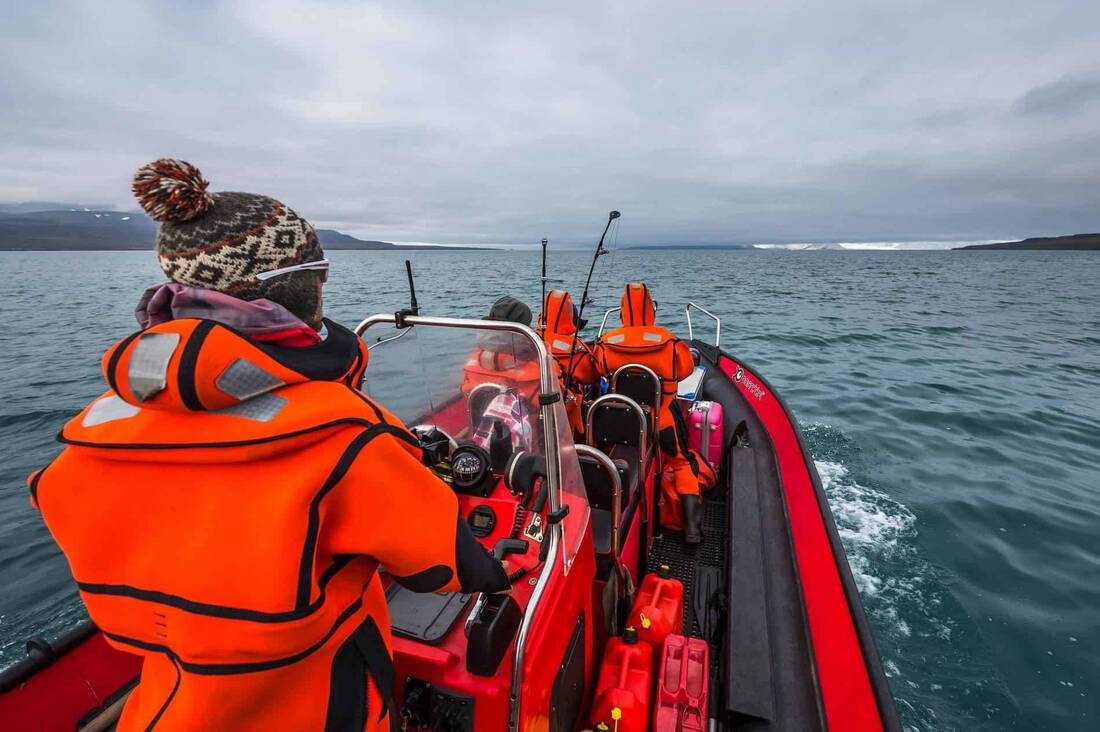
As of today, Svalbard has ~2.7 thousand inhabitants, mainly Norwegians followed by Russians, Poles, Swedes, the Danish, and the Germans. There is a visa-free policy here, but years spent here count towards the residence permit or citizenship requirements in Norway (which does not make the archipelago any more popular for wannabe-Norwegians since Svalbard is void of any welfare programs, and the costs of living here are high). With about 2,100 people, Longyearbyen is the de-facto capital of the region located on the island of Spitsbergen, the largest and the main island of the archipelago, . It is by far the largest human settlement and the only one that features all kinds of facilities: a hospital, primary and secondary school, a university center, a gym and a swimming pool, a library, and even a cinema! Formerly a mining town, it is now basically void of mining activity as Store Norske has moved its operations to the dormitory town of Svea that hosts workers on rotations.
Ny-Ålesund is another Norwegian permanent settlement that focuses entirely on research and has been repurposed to contain scientific facilities combined with accommodations. Its population varies from 35 in winter to 180 in summer. There are Norwegian Meteorological Institute-maintained outposts at Bjørnøya and Hopen.
Russia also keeps its 500-people town of Barentsburg up and running; note, however, that it is a company town of the coal mining operator Arcticugol, so there is not much touristic activity here. Still, Arcticugol runs a few facilities for tourists, including a hotel and a souvenir ship. There are a school, a library, a gym, a community center, a swimming pool, a farm, and a greenhouse for the local community. Pyramiden is similar but was abandoned in 1998 with only a handful of workers now stationed there to run the recently reopened hotel. Each of these two towns has a statue of Lenin constituting the world’s northernmost socialist realism sculptures.
All of human settlements are located in the main island of Spitsbergen, and even the second-largest island, Nordaustlandent, remains uninhabited; instead, it forms the Nordaust-Svalbard Nature Reserve.
Compared to mainland Norway, Svalbard lacks wildlife diversity; however, it has a healthy and strong population of each of those few species present here. Wildlife diversifies when migratory birds come here for nesting. The signature species of Svalbard are reindeer and polar bears, although narwhals, Arctic foxes, walruses, bowhead whales, and seals are all important landmarks.
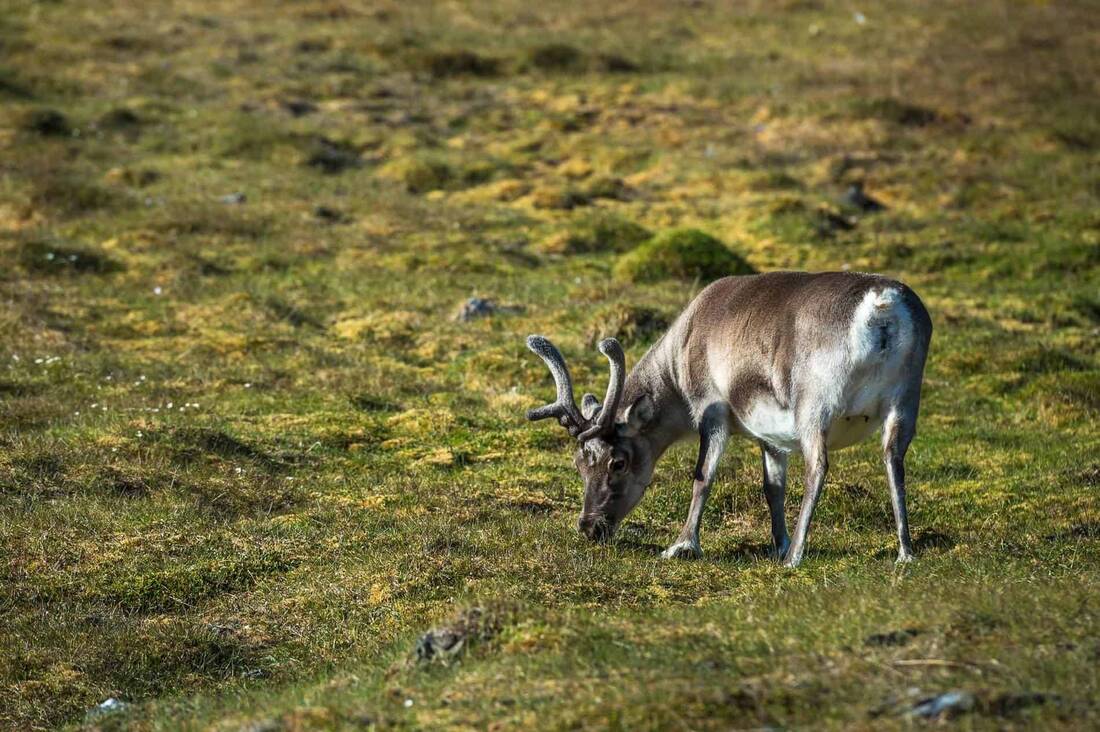
Unlike polar bears, Svalbard reindeer are such a common sight you will likely see one even in Longyearbyen. It is endemic to Svalbard and is smaller than its mainland counterpart. Sexual dimorphism is present but not pronounced. The archipelago maintains a healthy 10,000-strong population of these ungulates concentrated mainly in Edgeøya and Barentsøya as well as in Reindalen and Nordenskiöld. Reindeer are surprisingly human friendly and curious, and if you spot one, sit down and wait until it comes to you: it likely will.
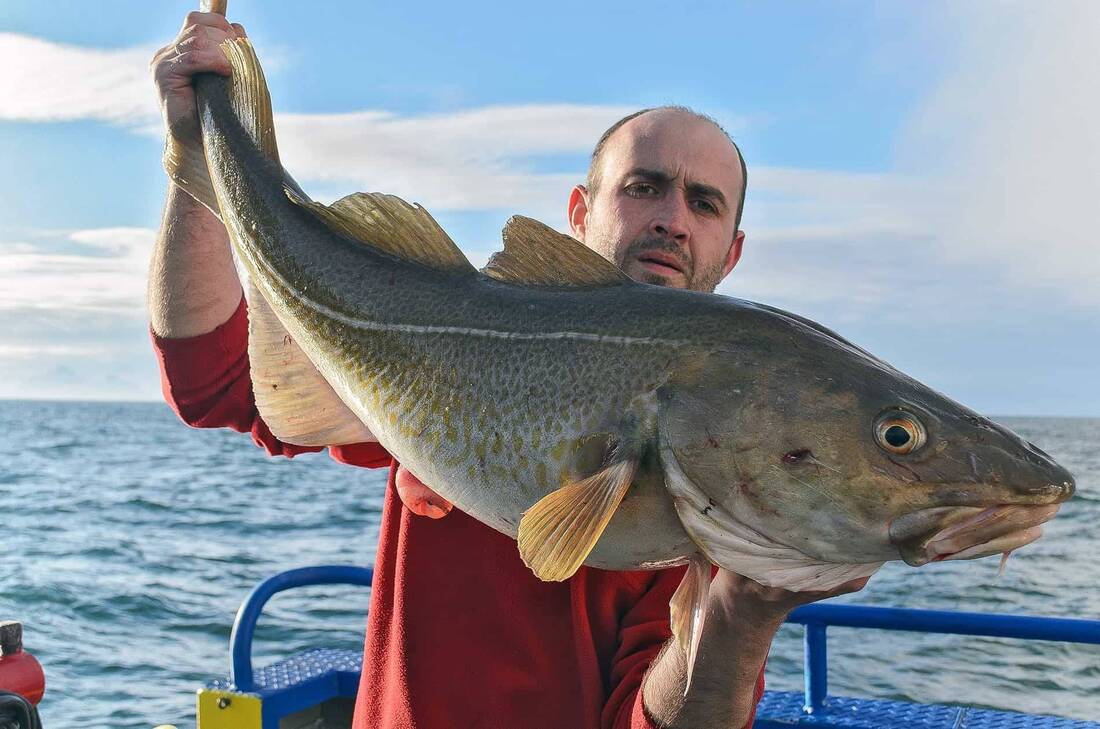
Svalbard is the fisherman’s heaven. Although fishing requires a permit from the Governor, there is so much cod in waters just off Longyearbyen chances are even a novice fisher will catch one. All necessary gear such as rods can be purchased or rented in Longyearbyen. For better experience, on-boat fishing is recommended, as you can mix it with wildlife sighting and will probably encounter the world’s largest mammal—the whale!

Polar bear spotting is perhaps the most popular wildlife-related goal that tourists coming to Svalbard have on their agenda. Polar bears are a rare sight in summer, although it does show up in winter. It is both advisable and obligatory to carry a gun if venturing outside human settlements to stay safe in such an encounter (the recommendable strategy is to shoot in the air to scare the beast off without injuring it). Polar bears boast incredible strength and stamina, with one female known to have swum over 70 kilometers in 24 hours. For observations, a large boat is recommendable, as it is a safer option than a small boat, let alone the on-ground encounters. Any photograph of the plushy King of the Arctic is welcome for uploading to the Marine Mammals Sightings, a database maintained by Norway’s Polar Institute.
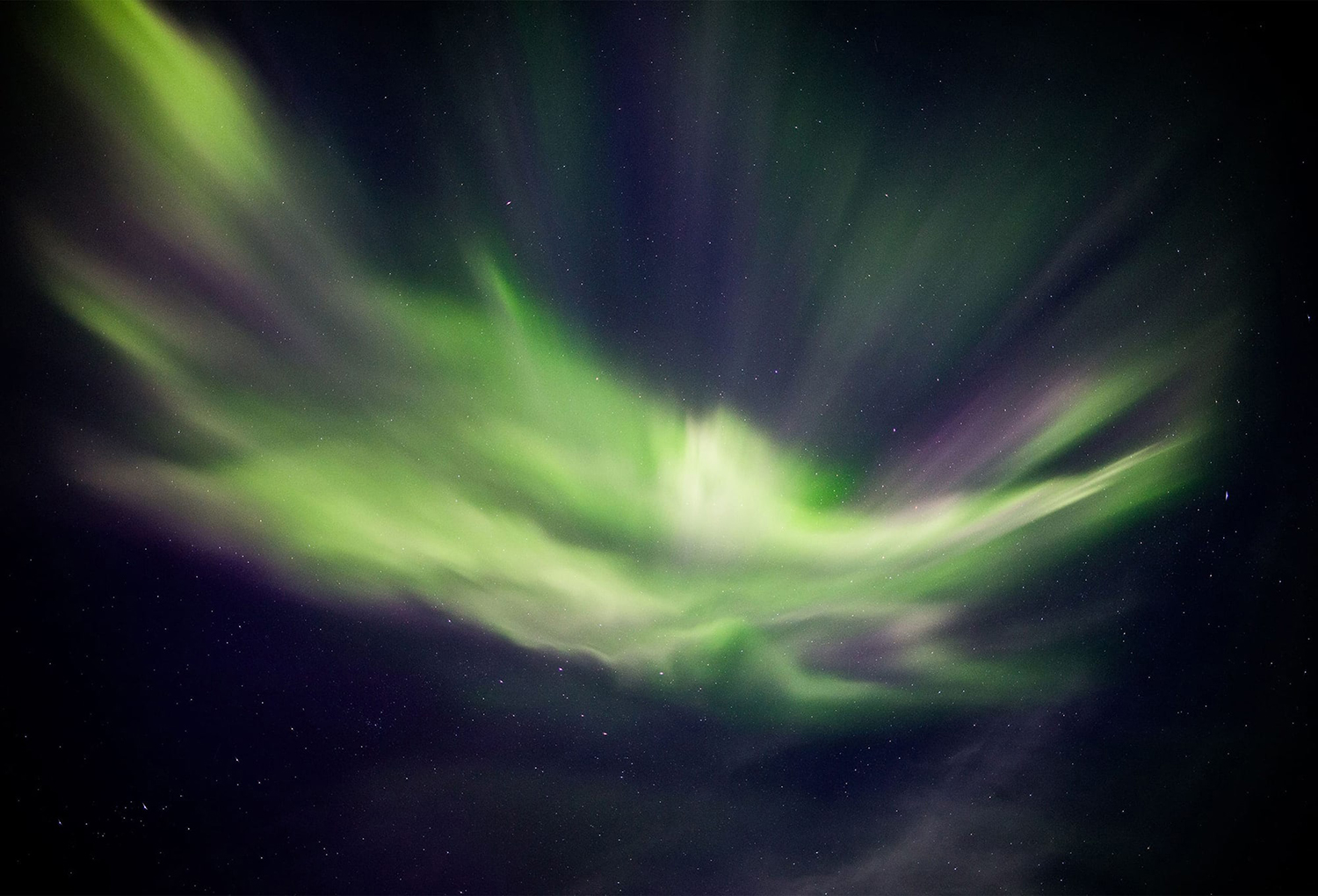
Svalbard is undeniably the world’s best location to behold the splendor of Aurora Borealis, best seen from October up to late February. Svalbard’s winter is one long night that is dark and full of terrors… miracles, including the scenic green-flashing skies. Still, it is recommended to leave Longyearbyen for the best Northern Lights experience so that no artificial illumination will spoil the astonishing view.